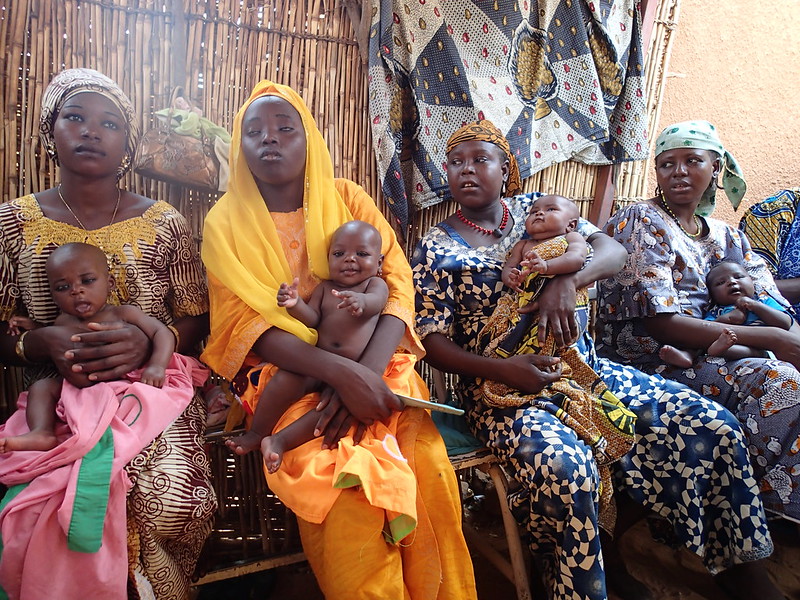 Niger is a landlocked country in West Africa that boasts a youthful demographic, with 58% of its population aged less than 18. Compared to many other sub-Saharan African countries, Niger has made notable strides in addressing its disease burden indicators. Presently, Niger’s HIV/AIDS prevalence rate stands below 1%, with 0.2% among adults aged 15 to 49.
Niger is a landlocked country in West Africa that boasts a youthful demographic, with 58% of its population aged less than 18. Compared to many other sub-Saharan African countries, Niger has made notable strides in addressing its disease burden indicators. Presently, Niger’s HIV/AIDS prevalence rate stands below 1%, with 0.2% among adults aged 15 to 49.
According to reports by Global Fund, the rise in new cases has significantly fallen by three-quarters since 2002. This progress can be attributed to the collaborative efforts of the government and international nongovernmental organizations (NGOs), which have played pivotal roles in advancing Niger’s fight against HIV/AIDS over the years.
Efforts by Niger Government
In 2011, the Niger government committed to preventing mother-to-child transmission (PMTCT) of HIV, with the aim to eliminate HIV infections in infant children by 2015. This commitment is evident in the increased funding allocated to expand Niger’s PMTCT services, which rose from 2.6% of its total budget in 2010 to 15.9% in 2011. Similarly, Niger expanded its PMTCT pilot sites from seven in 2003 to 651 in 2012. Currently, HIV/AIDS infection among exposed infants is nearly non-existent, with 26,000 children born to HIV-positive mothers remaining uninfected and the current HIV prevalence rate among infants is 5%.
Additionally, condom social marketing was introduced in Niger in 2003 as part of the government’s efforts to combat HIV/AIDS. Targeted distribution of condoms has been a key strategy, with mobile vendors and kiosks providing access to condoms even along major transportation routes. The provision of free condoms has led to positive changes in sexual behavior. Between 2006 and 2011, there was a significant increase in the percentage of young men engaging in protected casual sex, rising from 38% to 66%.
Furthermore, in Niger, the health care sector offers HIV counseling and testing (HCT) as an integrated part of health services, available at blood transfusion centers and PMTCT sites. In 2008, the country had 172 HCT sites. However, by 2012, only 7-8% of females and 3% of males had undergone HIV testing. The higher percentage among women is attributed to PMTCT-related HCT services. The same year, the government allocated specific resources for provider-initiated counseling and testing (PICT). This initiative aimed to target individuals who were already in contact with the health sector and those at risk of HIV infection due to factors like multiple sex partners, unprotected sex or a history of sexually transmitted infections (STIs).
Efforts by External Support
The Global Fund plays a critical role as a significant grant provider for Niger’s HIV/AIDS initiatives. Out of the total active grants amounting to €153.50 million (about $165 million) from 2021 to 2024, about 10% is directly allocated for HIV interventions in the country. Despite the relatively low prevalence of HIV/AIDS in Niger, specific key populations, such as prisoners, sex workers and homosexual individuals, remain disproportionately affected. Testing rates also continue to be low, with approximately 25% of adults and 50% of children unaware of their HIV status.
Between 2007 and 2012, the Global Fund grants accounted for 28% of the country’s spending on HIV/AIDS interventions. The Global Fund grants aim to achieve ambitious targets such as reducing new HIV infections and mortality rates, enhancing living conditions for people living with HIV and strengthening both the demand for and supply of quality health care and services for the entire population.
The United Nations Children’s Fund (UNICEF) also supported the Niger government in its fight against HIV and AIDS in 2018. UNICEF worked on a plan to increase HIV testing, treatment and PMTCT. By the end of the year, 96% of health facilities were providing PMTCT services. However, only 10% of babies born to HIV-positive moms were tested for HIV within two months of birth. This was because of limited medical equipment to carry out the tests.
To address this issue, UNICEF intervened by promoting the use of GeneXpert Point of Care machines already present in 12 laboratories nationwide. UNICEF also provided training and materials to 24 laboratory technicians, which enabled all regions of Niger to test HIV-exposed babies. UNICEF’s support to the government has led to 342,820 out of 417,393 women attending their first antenatal consultation to receive counseling and testing for HIV.
– Teniola Yusuf
Teniola is based in Norwich, UK and focuses on Global Health for The Borgen Project.
Photo: Flickr

 Onchocerciasis disease, or River Blindness, is a neglected tropical disease (NTD) plaguing Africa for years, thriving among poverty-ridden populations. The Gates Foundation, in
Onchocerciasis disease, or River Blindness, is a neglected tropical disease (NTD) plaguing Africa for years, thriving among poverty-ridden populations. The Gates Foundation, in 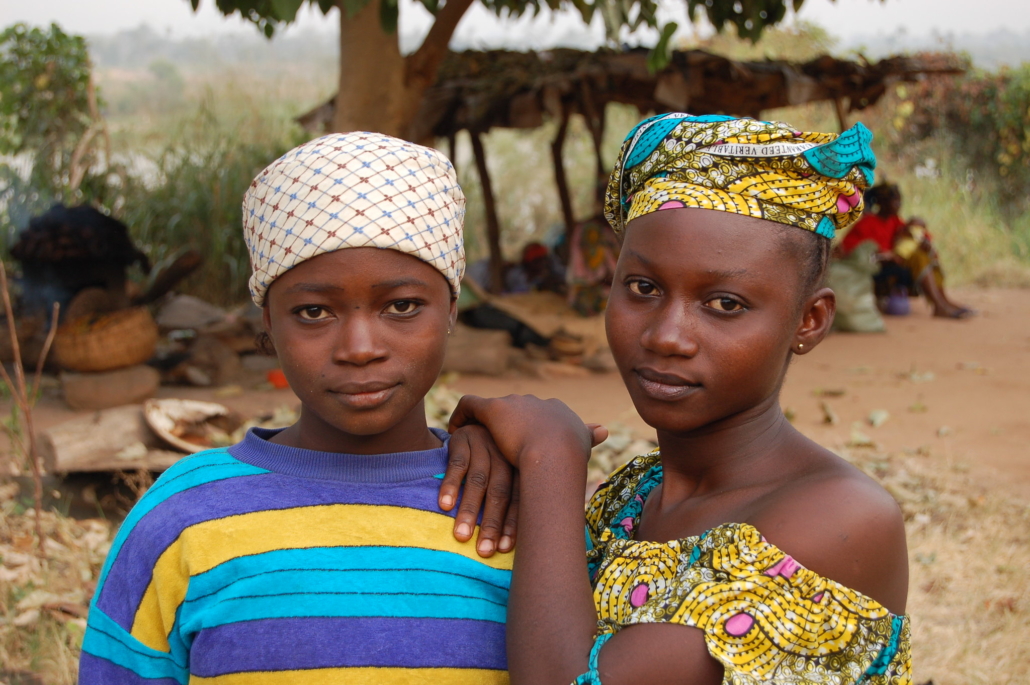
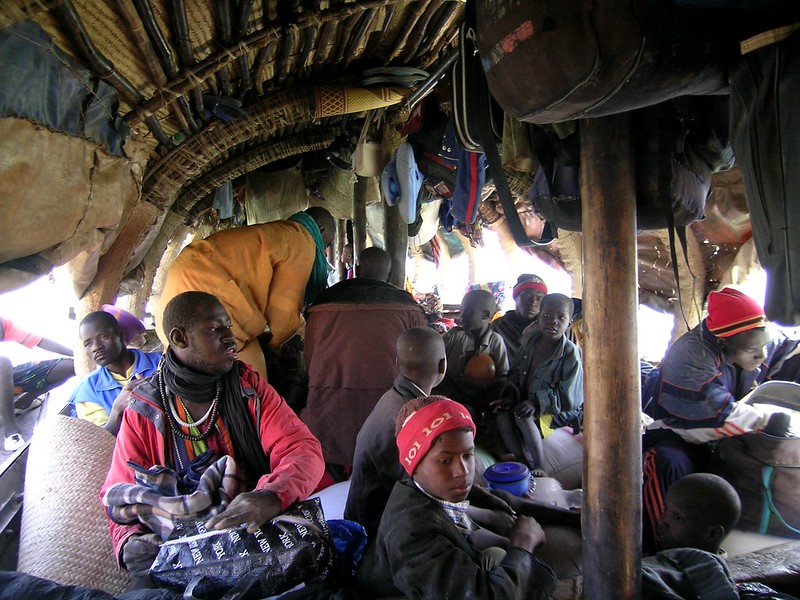 In 2021, the
In 2021, the 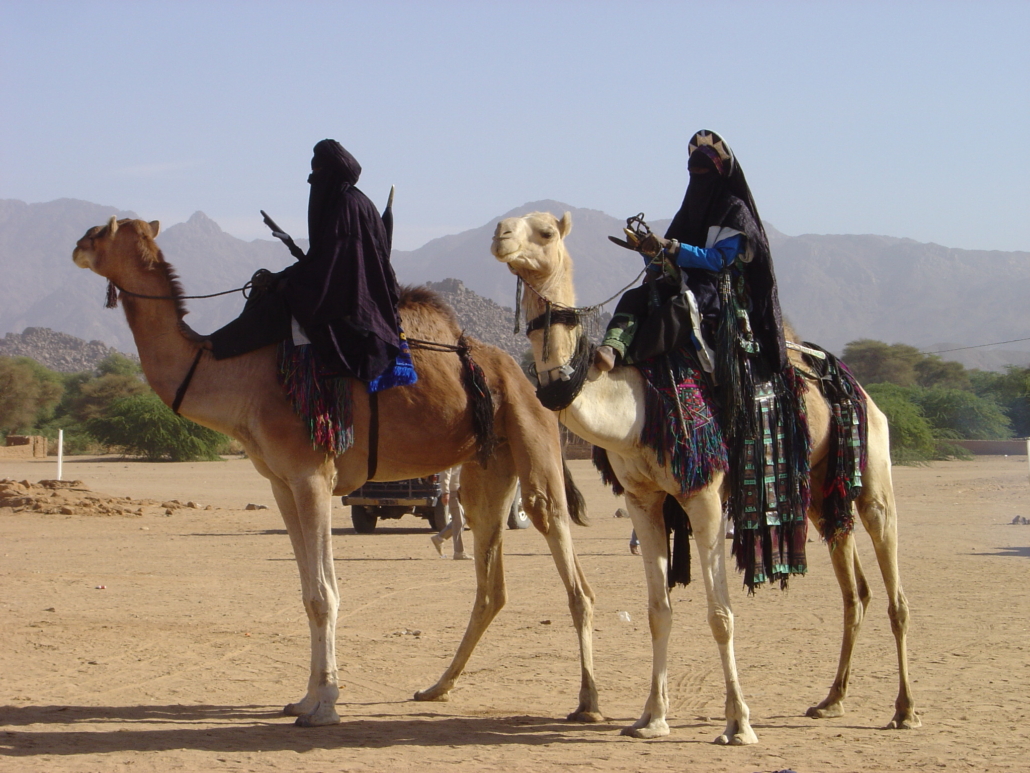
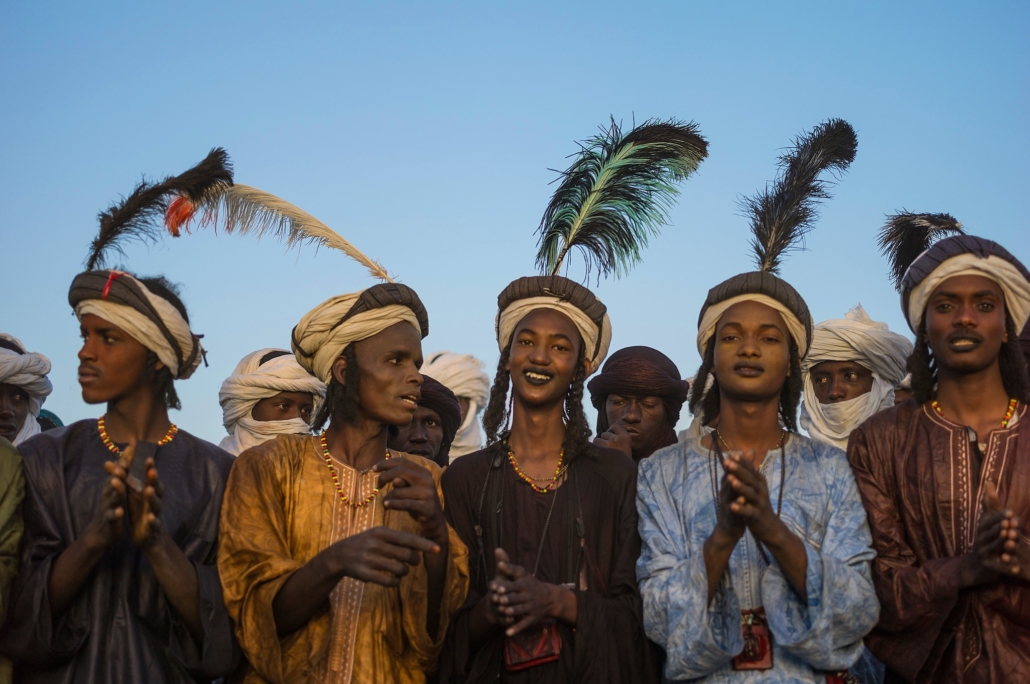
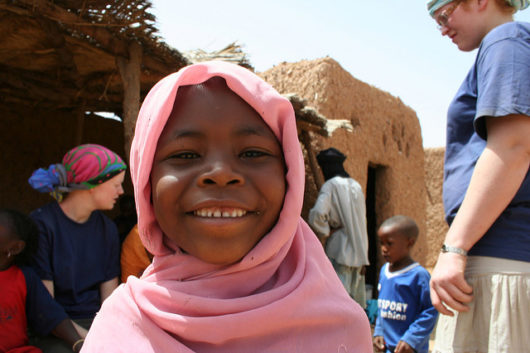
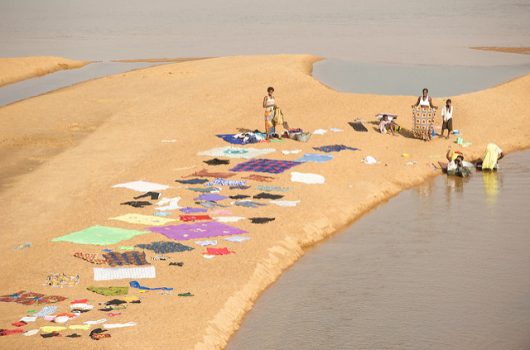 Niger is one of the poorest countries in the world, ranked last on UNDP’s 2015 Human Development Index — nearly 20 percent of Nigerien population cannot meet their
Niger is one of the poorest countries in the world, ranked last on UNDP’s 2015 Human Development Index — nearly 20 percent of Nigerien population cannot meet their 